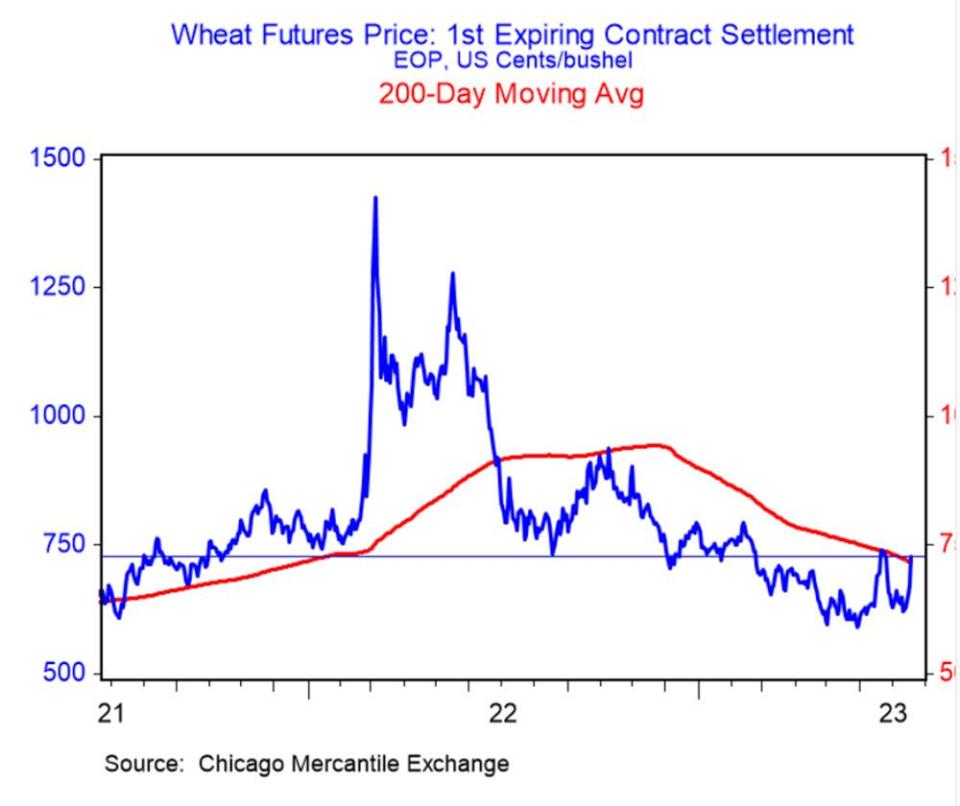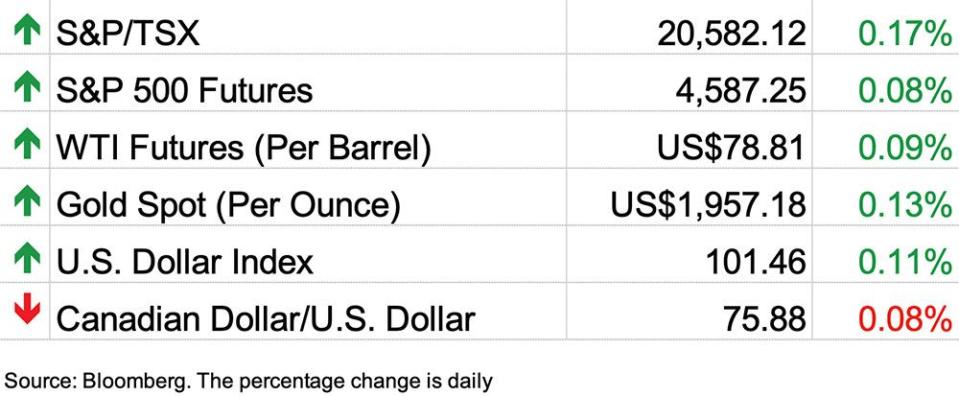Posthaste: Where homes are selling the fastest — and slowest — in Ontario


Good morning,
Canada’s housing market has been on a roller coaster this year.
After a slow start to the year, activity really started to pick up in the spring after the Bank of Canada put a short-lived pause on interest rate hikes.
After that came a surge back into the property market that surprised even the experts. Then just as quickly activity moderated as the central bank resumed raising rates in June.
But as everybody in real estate knows, it’s location, location, location.
RBC economist Robert Hogue says that in June for the first time in a year local market trends diverged.
While home sales continued to rise from the month before in British Columbia (except Vancouver), Alberta, Manitoba, Nova Scotia and Newfoundland, they fell in Ontario, New Brunswick and PEI. In Saskatchewan and Quebec they stalled.
Breaking that down even further, Zoocasa set out to find the most competitive markets in Ontario by analyzing how long it took to sell a home in 23 cities.
When the online realtor last did this study in January the shortest amount of time it took a property to sell was 25 days in the Waterloo region, writes Zoocasa’s Daniel Crook.
The same study in June revealed that the shortest time for a home to sell had been cut in half with homes moving in just 11 days in Ajax and London.
Orangeville saw the biggest decrease. Crook said homes here were spending an average of 60 days on the market in December, but by June they were selling in an average of just 14 days.
In Milton the average selling time of 47 days in January dropped to 14 days in June.
Based on this study, Ontario’s most competitive markets appear to be London, Ajax, Oshawa, Newmarket, Pickering, Milton and Orangeville, with selling times ranging from 11 to 14 days.
The cities where homes take the longest to sell include Caledon, Niagara Falls, Vaughan, St Catharines and Oakville, with selling times ranging from 21 to 31 days.
It takes about 20 days on average to sell a home in Toronto.
Where the property market goes from here may depend on whether the Bank of Canada hikes interest rates again and whether the economy falls into recession.
RBC thinks June marked a shift in the housing market recovery.
“The strength of this spring’s rebound, in our view, wasn’t sustainable — especially in light of the Bank of Canada turning up the screw a couple more times, further raising the bar for potential buyers,” said Hogue.
“We expect the overall trajectory to be flatter through the remainder of 2023, as buyers contend with very challenging affordability conditions and an expected recession. This would set aggregate prices on a more moderate appreciation path.”
__________________________________________________
Was this newsletter forwarded to you? Sign up here to get it delivered to your inbox.
_____________________________________________________________________


Wheat prices have soared more than 14 per cent since Russian pulled out of the Black Sea grain deal which allowed shipments to flow from Ukraine to other countries in the world. So are we in for another eye-watering bout of food inflation.
BMO chief economist Douglas Porter says it’s important to keep the latest news in perspective. Futures were near US$7.30 late last week, about 20 per cent above lows hit in May. But that just puts wheat prices back to their 200-day average, and far below the peaks hit last spring.
“Still, the back-up is a stark reminder that food price inflation is still very much with us, and still poses a threat to re-ignite,” wrote Porter.
In Canada’s consumer price index, cereal and bakery products are the fastest growing major food category, he says, up 12.6 per cent from a year ago.
Earnings: First Quantum Minerals, CN Rail, General Motors, Xerox, General Electric, Verizon, Visa, Microsoft, Alphabet

_______________________________________________________
Big interest rate cuts ahead from the Bank of Canada if 2001 is any indication
Now is the time to have exposure to underperforming North American equity sectors
Toronto-based Electra to nearly triple cobalt supply to battery giant LG
Howard Levitt: Large companies face extremely high bar for firing an employee with a disability
The market dynamics over the past few years have not been very kind to conservative investors with traditional 60/40 portfolios. Investing pro Martin Pelletier has an alternative approach that has proven especially helpful in navigating the uncertainties in interest rates and equity markets. Find out more
____________________________________________________
Today’s Posthaste was written by Pamela Heaven, @pamheaven, with additional reporting from The Canadian Press, Thomson Reuters and Bloomberg.
Have a story idea, pitch, embargoed report, or a suggestion for this newsletter? Email us at posthaste@postmedia.com, or hit reply to send us a note.

 Yahoo Finance
Yahoo Finance 



